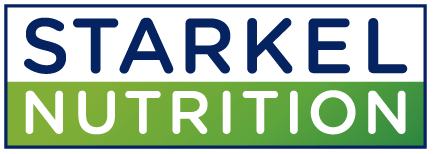
Changing a habit is hard. Maybe you’re working on a food-related habit with your nutritionist. Or maybe it’s a more relational habit, like advice giving. It makes sense that habits are hard to break. They get hard wired into our brain and the momentum pulls us to automatically repeat the same unworkable behavior over and over again. Let’s talk about a technique that can help you to cope with the automatic urge to engage in the same old habit. But first, let’s define an urge.
What is an urge?
Think of an urge as a craving/impulse to engage in an old habit. For example, I struggle with a habit to eating chocolate when I feel a difficult feeling coming on. My urge is an intense craving coupled with the thought that chocolate now will make everything better. Urges are often experienced as physical sensations in the body coupled with obsessive thoughts. Urges can get so intense that we can act on them automatically. What we don’t know is that urges are like waves; they rise in intensity, crest, and then fall.
What is urge surfing?
Urge surfing is a technique developed by psychologist Alan Marlatt, PhD, to treat those with drug addiction. But it is applicable to many other unhelpful urges one might experience, whether it’s an urge regarding food, smoking, compulsive buying, or the urge to start another episode of your favorite TV show after already watching five. With urge surfing we ride the wave of the urge a bit longer than we normally would before acting. In this way, we see that the urge crests and then decreases in intensity and may become more manageable.
How to urge surf?
In CBT, urge surfing has 3 steps:
- Rate the urge. We rate the urge on a scale from 1 to 10. We pause, acknowledge what is happening, and look at it objectively for a moment. This in itself is a helpful tool because it allows us to step back.
- If the urge is above a 5, we engage in an “alternate activity” for 10 minutes. An “alternate activity” is one that is incompatible with the habit we are trying to break. For example, if my urge is to bite my fingernails, I might choose to practice my guitar for 10 minutes, because it’s hard/nearly impossible to bite my nails while I’m focusing on which strings to strum.
- Then, we once again rate the urge, if it is still above a 5, we can choose a different alternate activity to try.
What if I was only able to surf my urge for 30 seconds without acting on my habit? It’s still great! I was able to acknowledge the urge and at least consider moving in a different direction instead of going on automatic pilot. This is progress. Becoming proficient in Urge Surfing is working to change the deeply ingrained pathways in our brain. This takes time and practice! I was able to pause and create some space instead of automatically acting on my urge. Next time, it may be easier.
Urge Surfing can be one tool in your tool box to help support behavior change. Another tool for behavior change? Working with one of our practitioners at Starkel Nutrition! Give us a call to set up an appointment today.
Interested in learning more? Schedule an appointment with Anna to get support on your journey to holistic and kind health.
 |
Written by our nutritionist and mental health counselor, Anna Cannata, MS, LMHC, CN |
